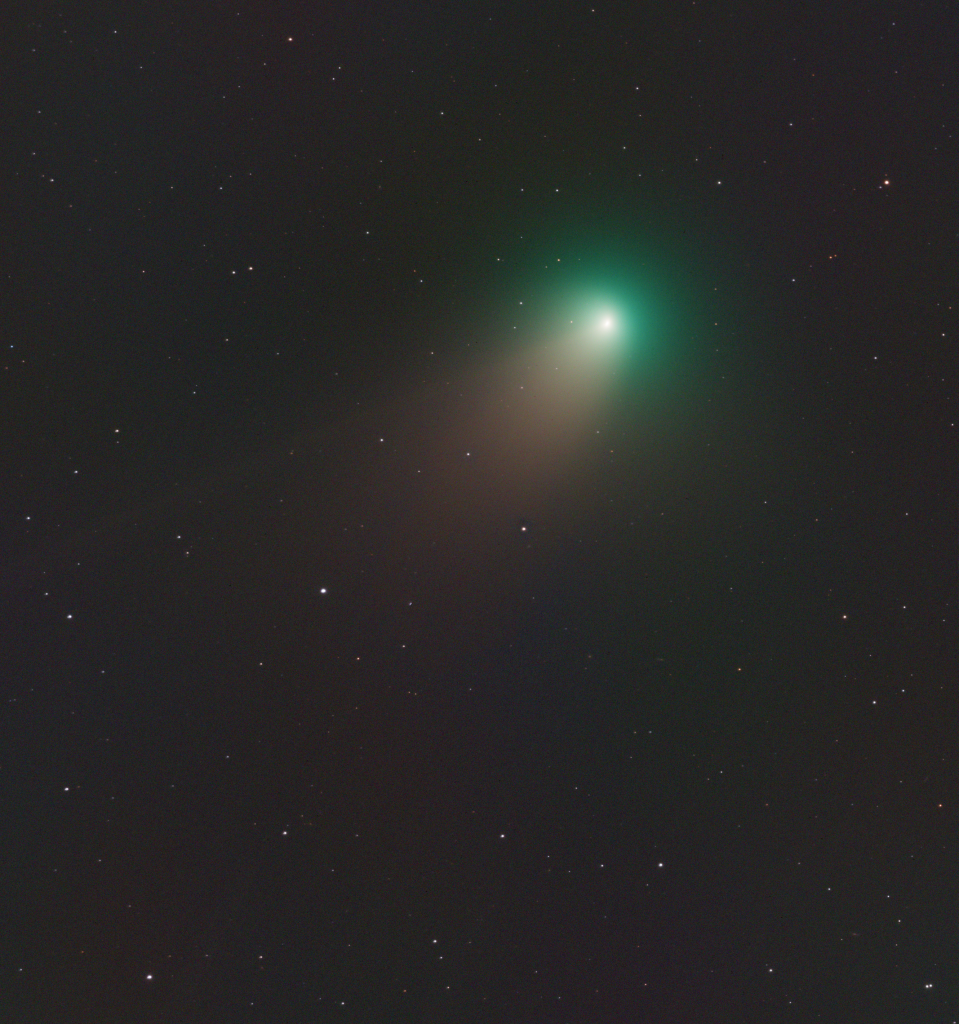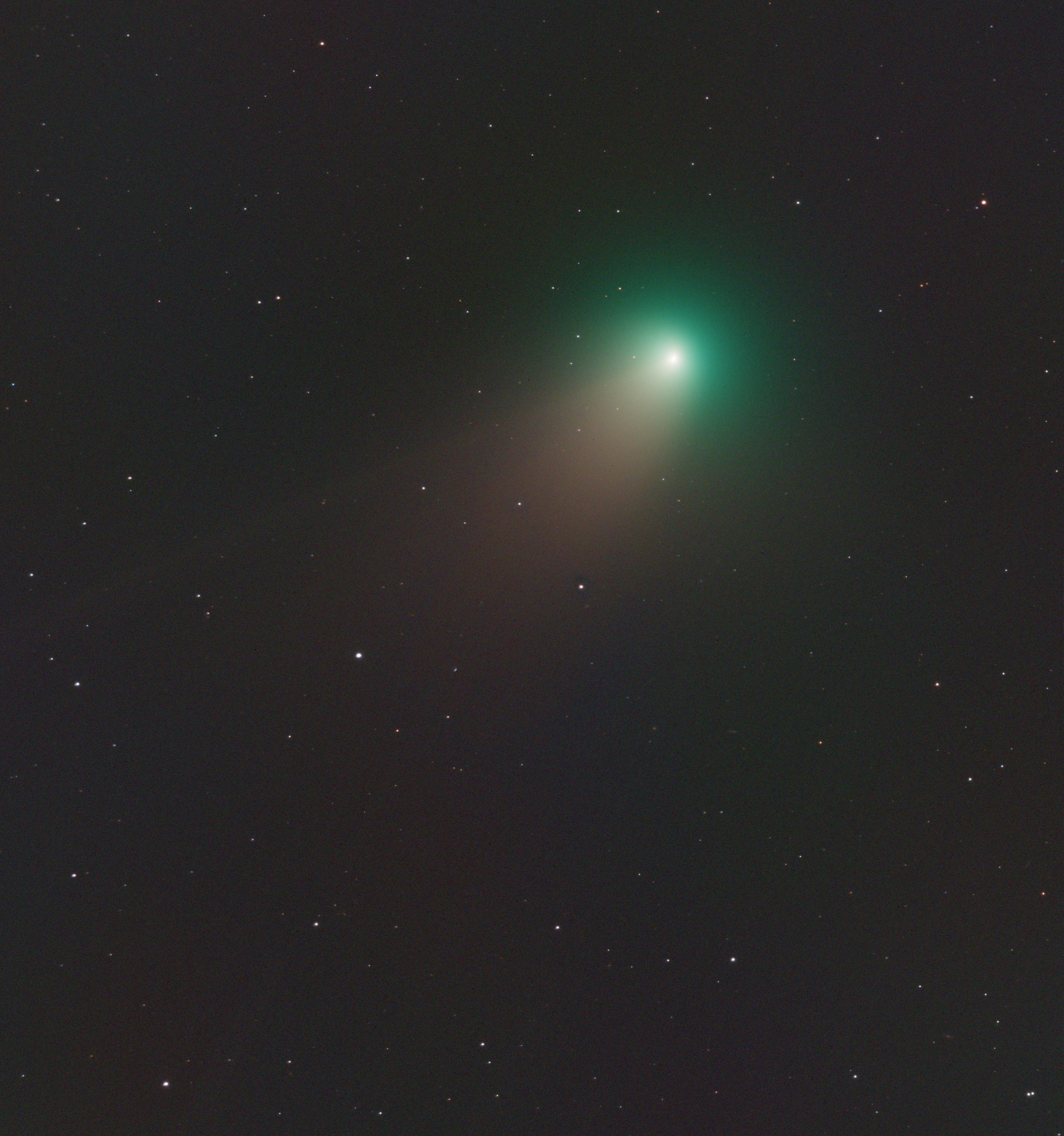
Similar Posts
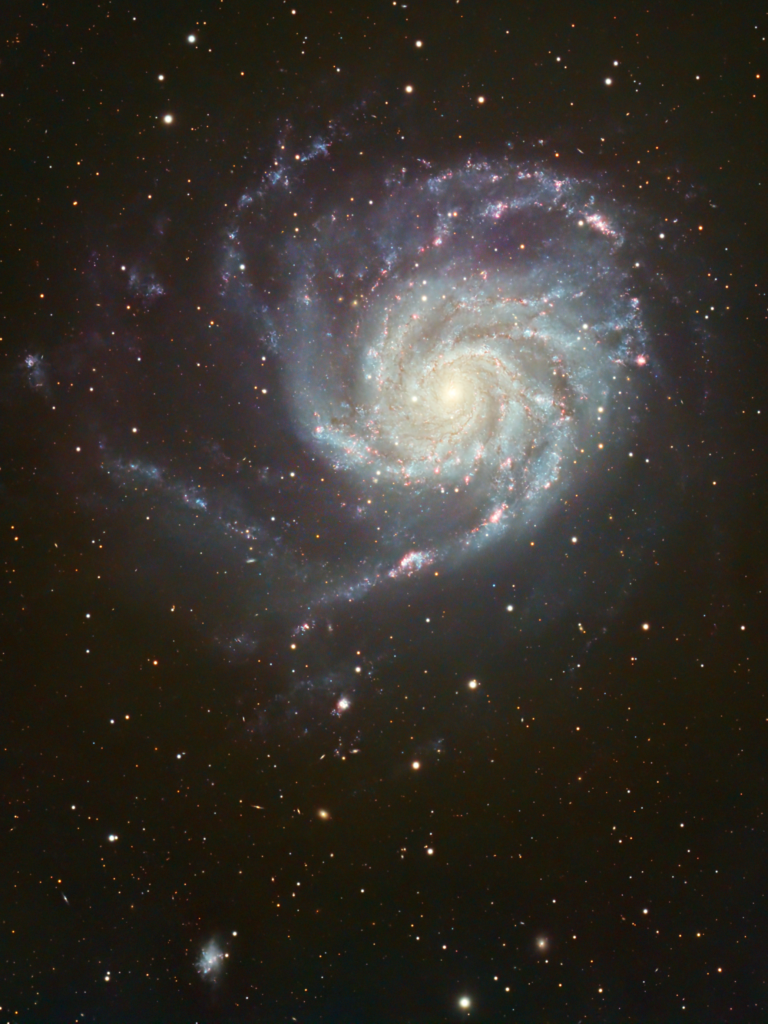
Revisiting the Northern Pinwheel Galaxy (M101)
Somehow I’ve neglected to go back to one of the showcase galaxies of the spring sky with newer equipment and software: M101, the “Pinwheel Galaxy.” Located about 21 million light-years away within Ursa Major, this relatively close galaxy shows lots of active star-forming regions revealed by red HII gas. Those red spots are nebulae in…
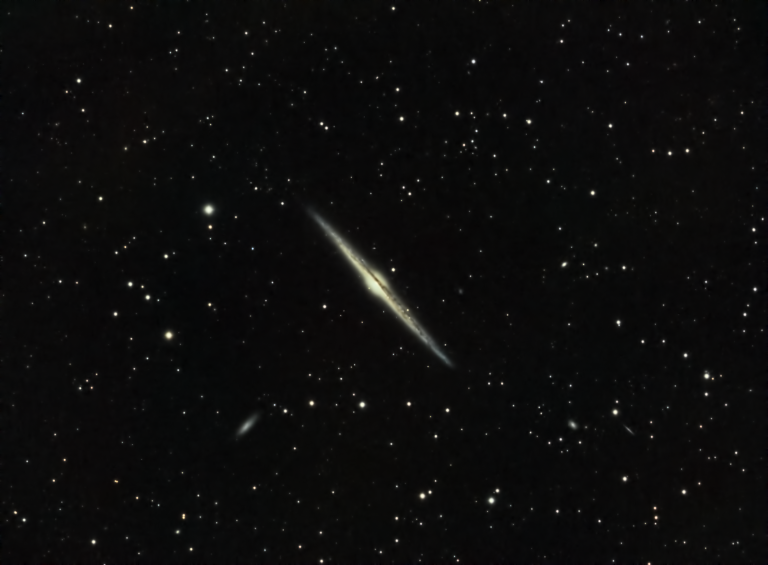
The Needle Galaxy
A spiral galaxy almost 40 million light-years away, viewed edge-on. The dust lane in the center of its disk, and central bulge are clearly visible. A couple of its smaller, satellite galaxies can also be seen here.
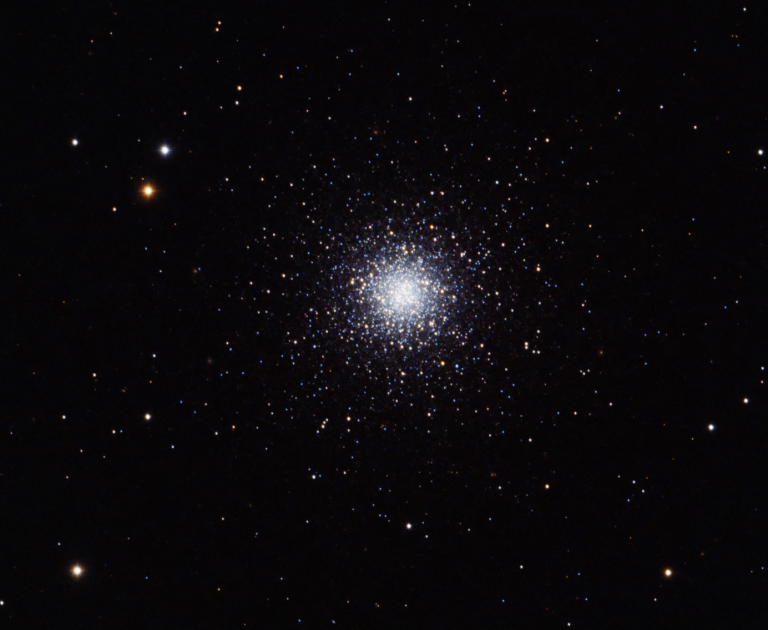
Another glob.
Here we have another globular cluster: M53. You don’t see this one imaged too often, but it’s still quite pretty. I’ve never met a globular cluster I didn’t like. It’s one of the more distant globular clusters in our galaxy, about 60,000 light-years away.
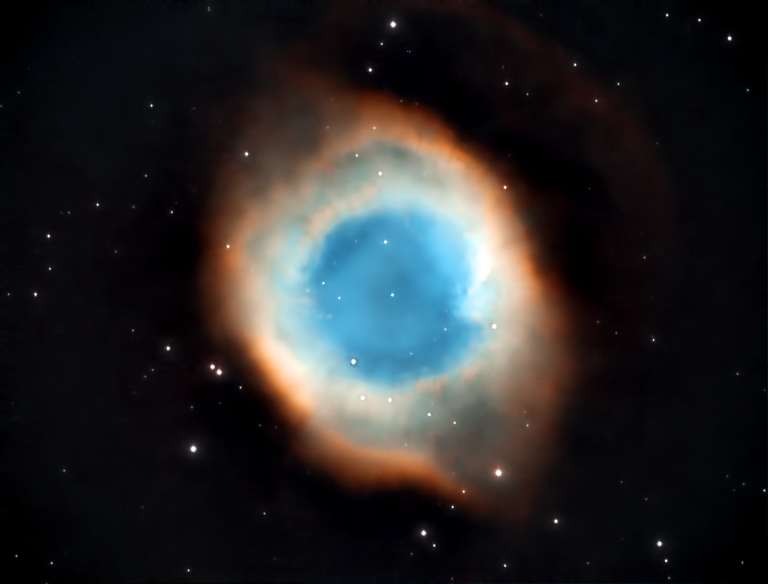
The Eye of Sauron
The Helix Nebula is also known as the Eye of Sauron or the Eye of God.
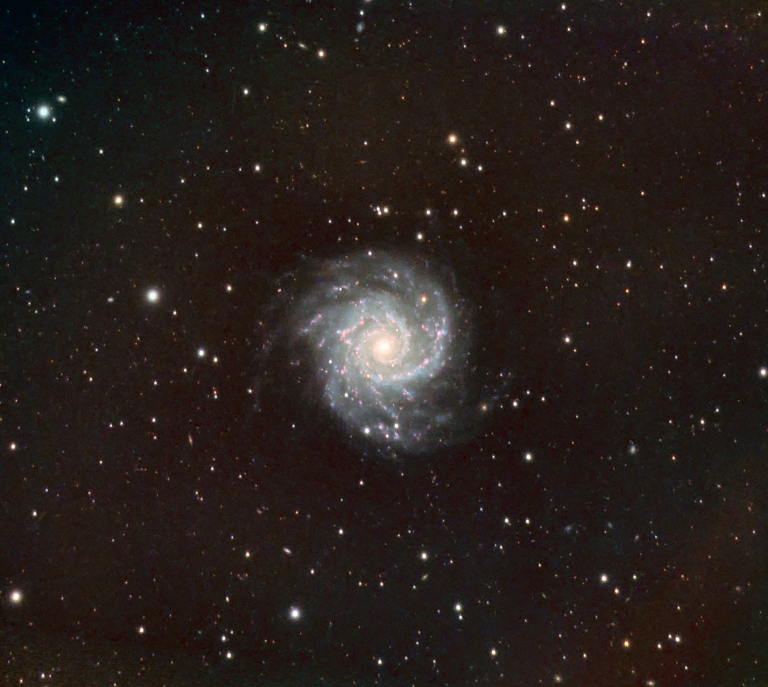
M74 – A galaxy far far away.
This galaxy is only known as M74. At 32 million light-years away, it’s about as far as you can get for a halfway decent image taken from Earth. It is a “grand design” face-on spiral galaxy. Look closely and you’ll see a few more galaxies in the background that are much more distant, and therefore…
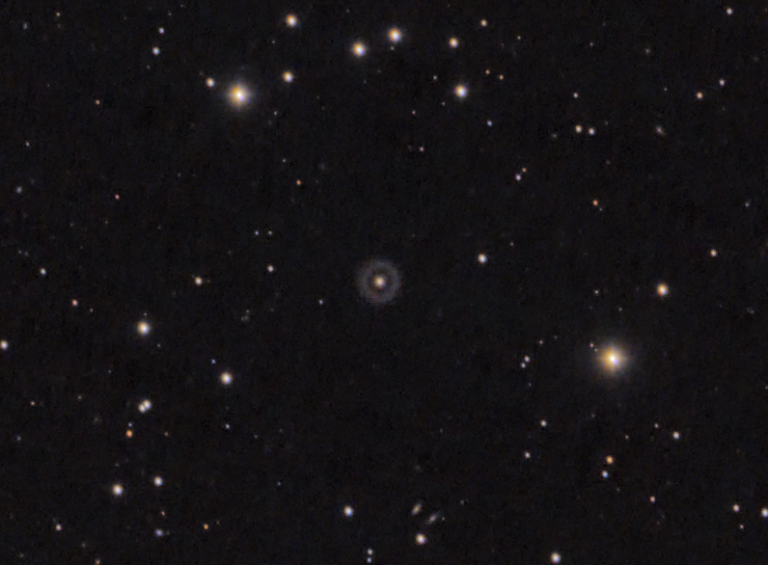
A “ring galaxy” 600 MILLION light-years away
Hoag’s Object is the weirdest galaxy I know of; it is a “ring galaxy” – a very rare galaxy type that’s just a galactic core of stars, surrounded by a ring of stars that’s seemingly disconnected from its core. This galaxy has always captured my imagination. Just look at this image from the Hubble Space…

